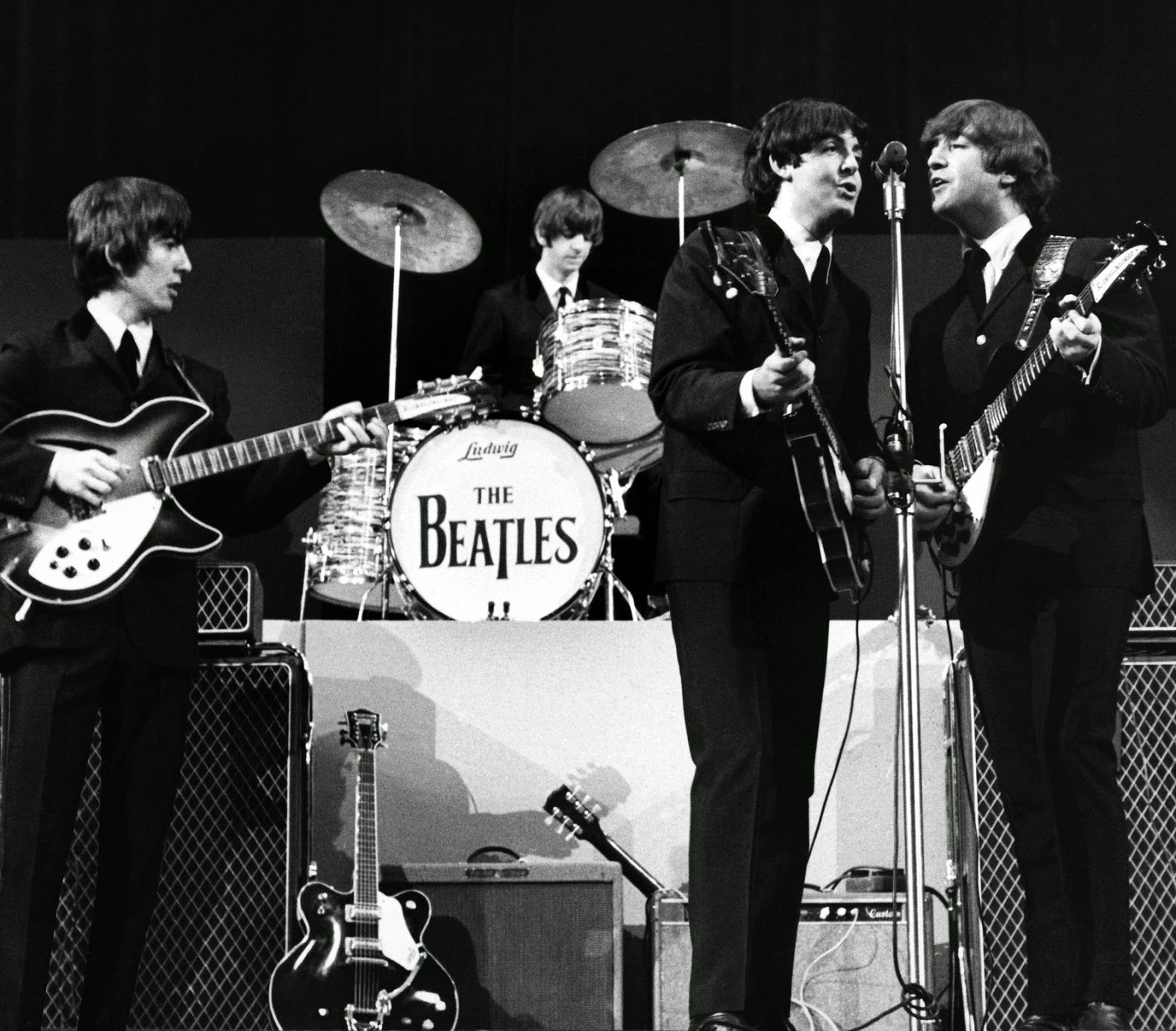On listening to discover
September 8, 1964
It’s often kids who teach you the most valuable lessons in life. One of the biggest I’ve learned from my 14 year-old daughter? The more I talk, the less she listens. But the less I talk, the more she tells me.
As the teenaged years get more chaotic and confusing — both for her as a growing young woman and for me as her dad — the most important thing is for us to keep the channel open. It’s much more important than any advice I might feel compelled to share. By keeping the channel open, we keep the relationship open.
If Tuesday and I were to sum-up what comprises our work in the simplest possible language, we might include We keep the channel open in the top three, if not as our very first directive. Through the conflicting and confusing times inevitable when a system or a community needs to change, listening does that. It keeps us connected and keeps us learning even as our circumstances grow increasingly uncomfortable. The more uncertainty is in the air, the less important tactical results become — and the more important the quality of our relationships. When we keep listening, channels open: that’s the way to breakthroughs.
In A People Leader’s Guide to Active Listening, Marcus Wermuth writes:
Active listening skill tips via thebalancecareers.com
“In a heated discussion, active listening can help you understand the other side. Instead of sending arguments back and forth, now you are really trying to get to the bottom of an issue. And even though I’ve had to overcome my urge to solve problems, it’s even more powerful to see the other person come to a solution on their own, when all I did was listen and ask questions...”
A story goes that The Beatles felt they played their best music in front of an audience. That people listening is what made the music come alive. It’s the same for every performance, interaction, or collaboration: the quality of listening you give will impact what people say and how well they say it.
Wermuth promotes active listening, which is great. But when Tues and I give a room full of people instructions for a day of change-making, we go further. Let’s recap out the three levels of listening:
We DOWNLOAD, listening to affirm our own opinion
We DEBATE, listening to strategize how to beat the speaker in the argument
We engage in ACTIVE LISTENING, which enables us to put ourselves in someone else’s shoes and feel what they feel, to understand a different perspective more fully
We can all remember listening in those ways, and most often the first two, and most often just yesterday alone. We can’t help it. We’re attached to the way we think about things, and our brain sees every piece of input as a possible threat. We almost instinctually protect our point of view. That’s why the third mode — active listening — takes practice.
What Wermuth’s article doesn’t cover is where Tuesday and I operate, and how we instruct our rooms full of people in-flux to operate:
4. We engage in GENERATIVE LISTENING, which is when people discover a completely new insight or idea as a result of a new and mutual understanding.
Years ago, on a retreat on public health transformation in Nova Scotia, a group of NGO leaders, frontline staff, senior executives, and stakeholders gathered to assess an influx of data. Having stepped outside, I heard a suddenly boisterous uproar. The room was electric. I thought, What’s going on in there? as I went back inside. In conversation with each other — thanks to generative listening, the natural graduation of active listening done-well and in a sustained way — the group had discovered their public health system’s new purpose, shifting all its activities from frontline delivery to preventative care.
That’s what a room full of people listening actively can do. And it’s what we orchestrate, as facilitators: we build the container for people to engage with each other in a generative conversation that no one could have created on their own. Huzzah! The barriers start to come down.
“One of my great memories of John is from when we were having some argument. I was disagreeing and we were calling each other names. We let it settle for a second and then he lowered his glasses and he said: ‘It’s only me.’ And then he put his glasses back on again. To me, that was John. Those were the moments when I actually saw him without the facade, the armour, which I loved as well, like anyone else. It was a beautiful suit of armour. But it was wonderful when he let the visor down and you’d just see the John Lennon that he was frightened to reveal to the world.”
The more we listen, the more we see. It’s the scaffolding for discovery. Listen the future into the present.



